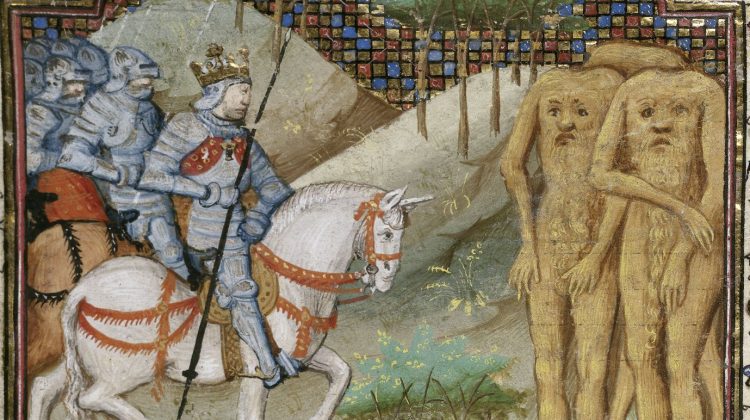Editor’s Note: In the weeks leading up to the new year, please help us remember 2018 at the Imperial & Global Forum by checking out the past year’s 10 most popular posts.
Nick Pullen
McGill University
If you were to tell the children and adults who first bought copies of legendary PC game designer Sid Meier’s Civilization in 1991 that they would still be playing some version of this classic game of imperial expansion almost thirty years later, they probably wouldn’t have believed you. Yet the record-breaking franchise, now in itssixth iteration, has continued to ensnare generations of PC gamers with its epic sweep, imaginative scope, and highly addictive turn-based gameplay that allows you to take an ancient empire to conquer the world—and then colonize the stars.
Yet Civilization’s staying-power also sits uncomfortably with an incipient opposition from those opposed to its imperial overtones, and provides a fascinating window into the persistent, underlying colonial assumptions of modern-day society.
While the game has developed and expanded in complexity over the decades, the essential elements have remained the same since I’ve been playing. Players assume control of a world civilization in 4000 BCE, playing as one of that civilization’s most significant leaders, and lead it over the millennia into the near future, as far as it can be reasonably imagined. As the game’s first iteration in 1991 put it, “a great leader [is required] to unite the quarreling tribes, to harness the power of the land, to build a legacy that will stand the test of time: a Civilization.” Cities are founded, world wonders are constructed, economies are grown, and war machines spring to life. [continue reading]













You must be logged in to post a comment.